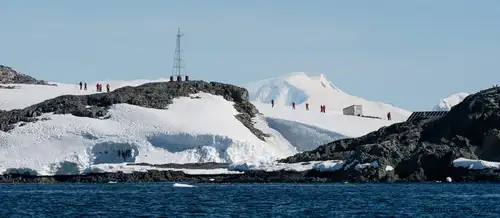At the Concordia station, a French-Italian research facility situated 3,233 meters above sea level at Dome C on the Antarctic Plateau, European Space Agency (ESA) scientists are investigating the effects of extended space missions. The station is more isolated than the International Space Station, with the nearest humans located 600 kilometers away.
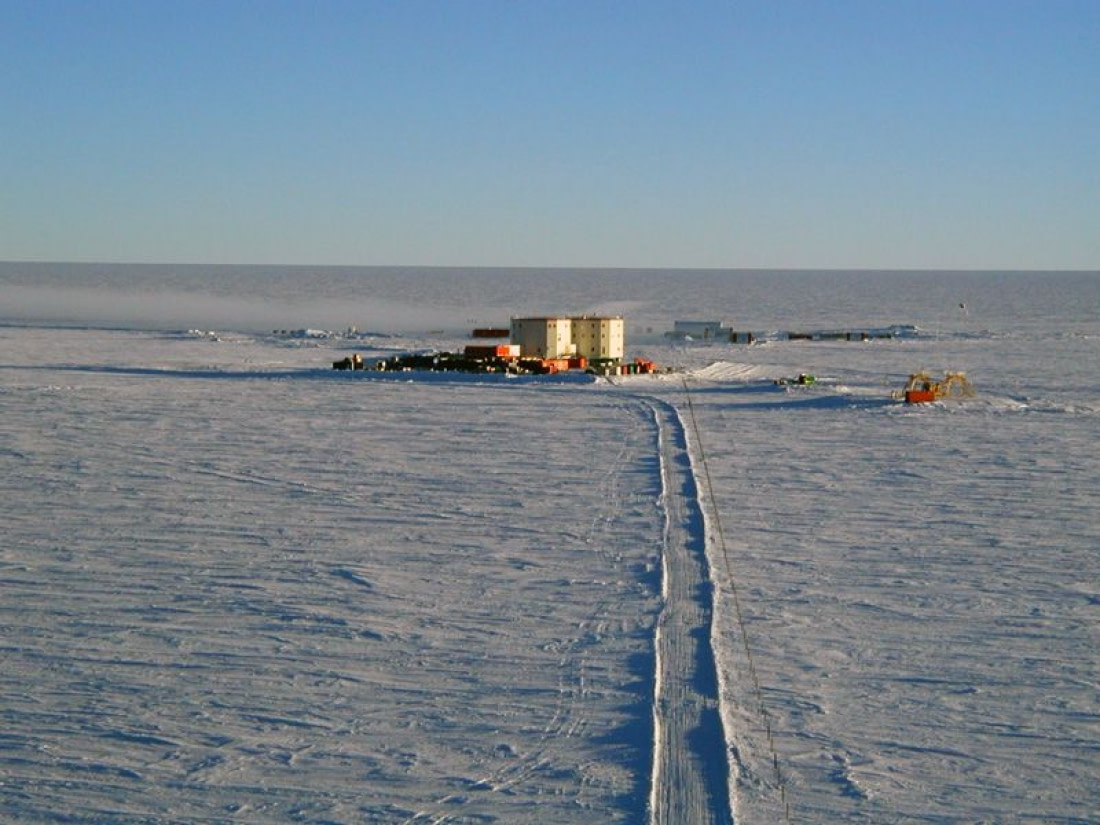
Isolation, confinement, very dry air, no access to supplies, danger, extreme weather conditions, and the monotony of everyday life. Except for the lack of gravity, living in Antarctica closely resembles a long journey to Mars. The abnormal day and light cycles have a significant impact on humans, and scientists are using Antarctica to study these effects and how to mitigate them.
All night/day long
During the Antarctic summer, the sky never darkens. Around the summer solstice, weather permitting, the sun remains visible 24 hours a day. In the winter months, the opposite occurs. The lack of darkness and prolonged night affect human circadian rhythms, which are physical, mental, and behavioral changes following a roughly 24-hour cycle. Hormones can become imbalanced without the usual day/night cues.
Only a small number of subjects have been studied intensively in polar regions, as there is no native population in Antarctica for long-term studies. However, many papers focus on the civilian and military personnel who spend their winters below the Antarctic circle. Initially, research focused on adapting to the cold environment, but scientists later discovered that the lack of natural sunlight in winter and the excess of it in summer were likely of greater importance.
How to reduce the impact of abnormal light cycles
In the summer, it is easy to stay awake and alert for 24 hours, often forgetting to sleep. In winter, seasonal affective disorder can set in. Gradually, exhaustion dulls the senses and slows reactions. In an extreme environment like Antarctica, this is not an option.
So, what can people do to prevent this?
Below the Antarctic circle, nature takes over, and humans must surrender and follow its lead.

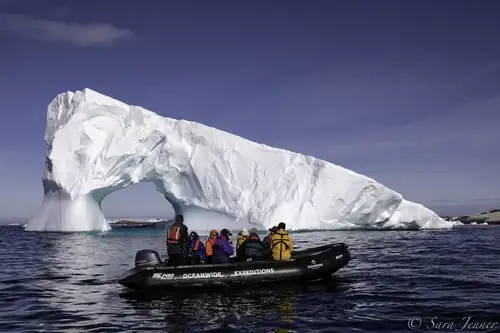


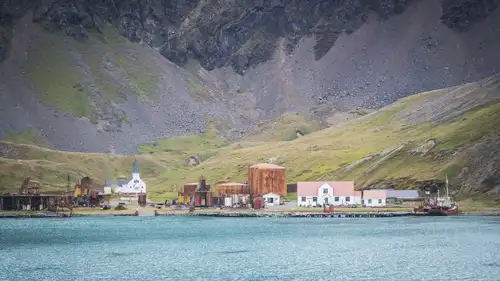
Related Trips
Blog


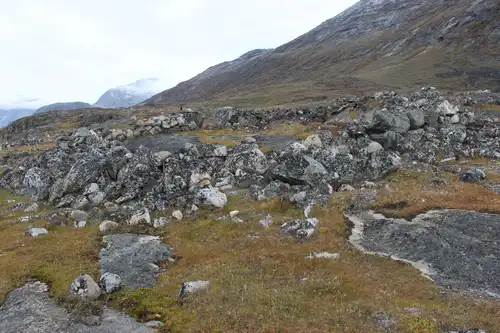
The Norse Settlement of Greenland
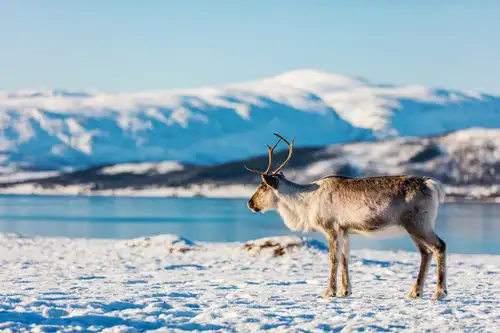
Eight Engaging Reindeer Facts
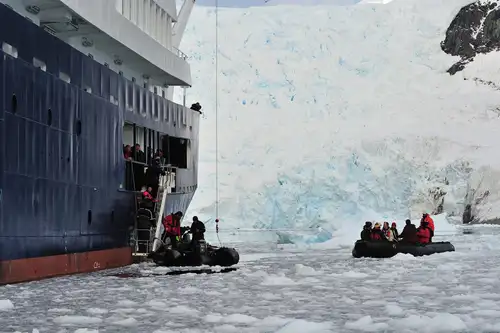
Seven Sublime Antarctic Bays
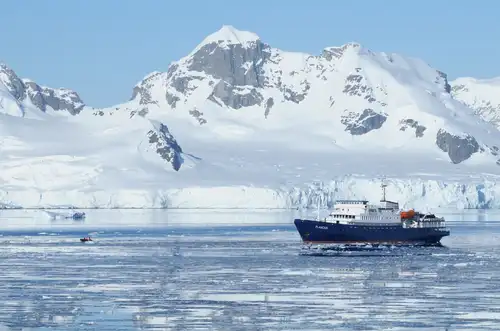
The Ultimate Traveler’s Guide to the Arctic and Antarctica
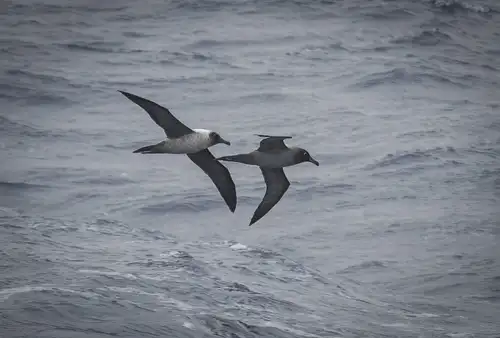
Birds of the South: 33 Antarctic Birds and Seabirds
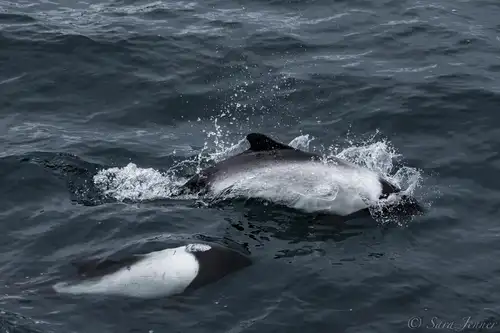
The Small but Social Commerson’s Dolphin
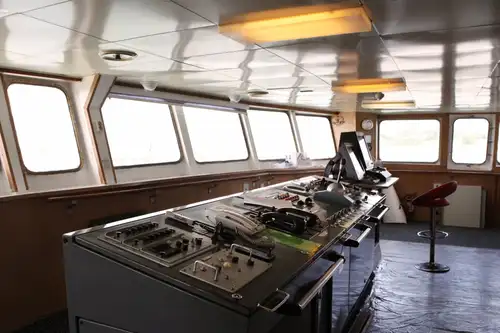
Navigating by touch through the sea ice

The Arctic Hare: Easter Bunny
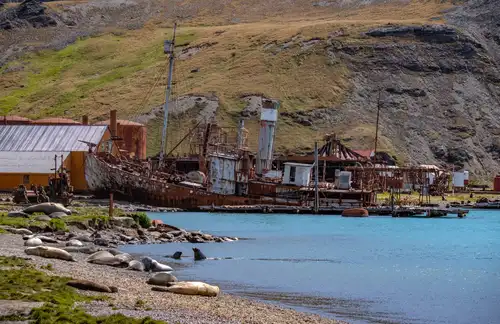
South Georgia Whaling Stations
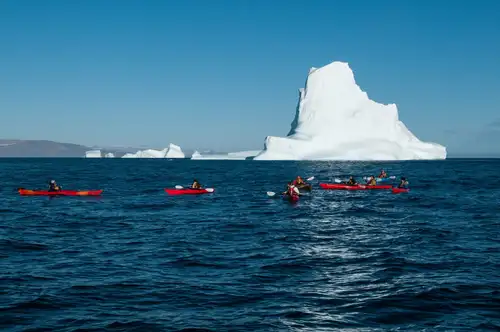
Kayaking In Greenland
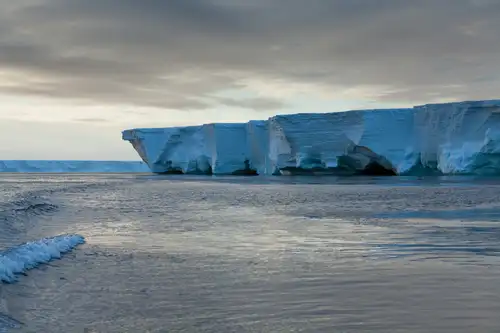
Science of the Ross Ice Shelf

Amazing Greenland
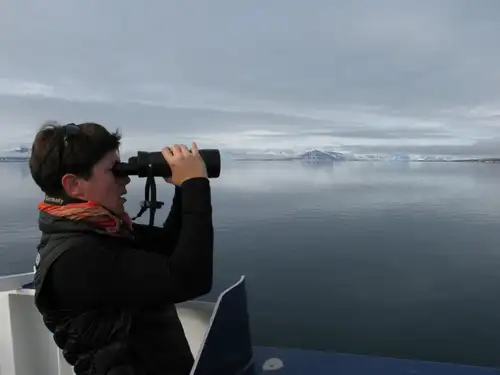
10 Popular Bird Watching Binoculars

Shackleton’s Long-Lost Endurance Discovered in Antarctica
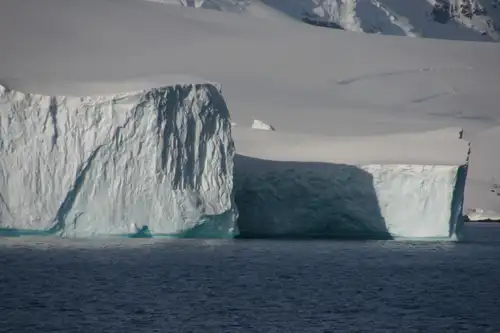
Antarctica: When to Visit, How to Plan, What to Expect

The History of Antarctica in Maps
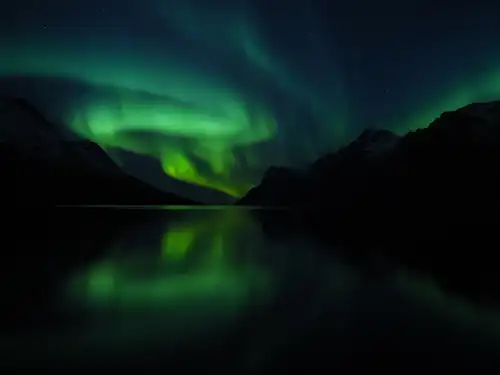
10 Illuminating Facts about the Northern Lights
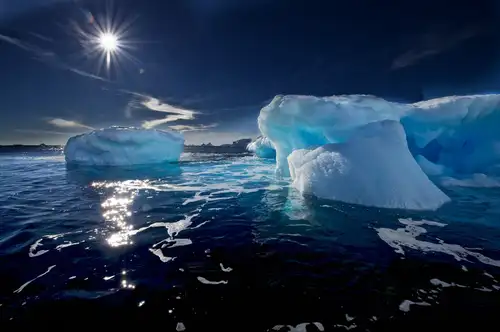
Everything you need to know about Antarctic icebergs
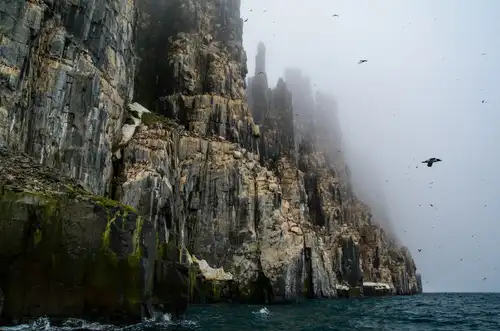
Spitsbergen: Alkefjellet magic
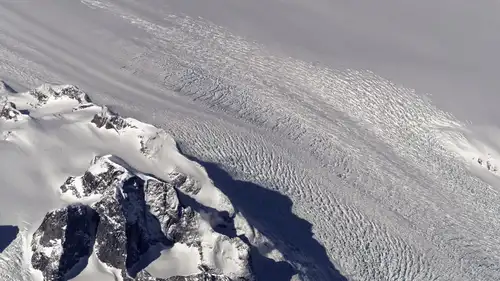



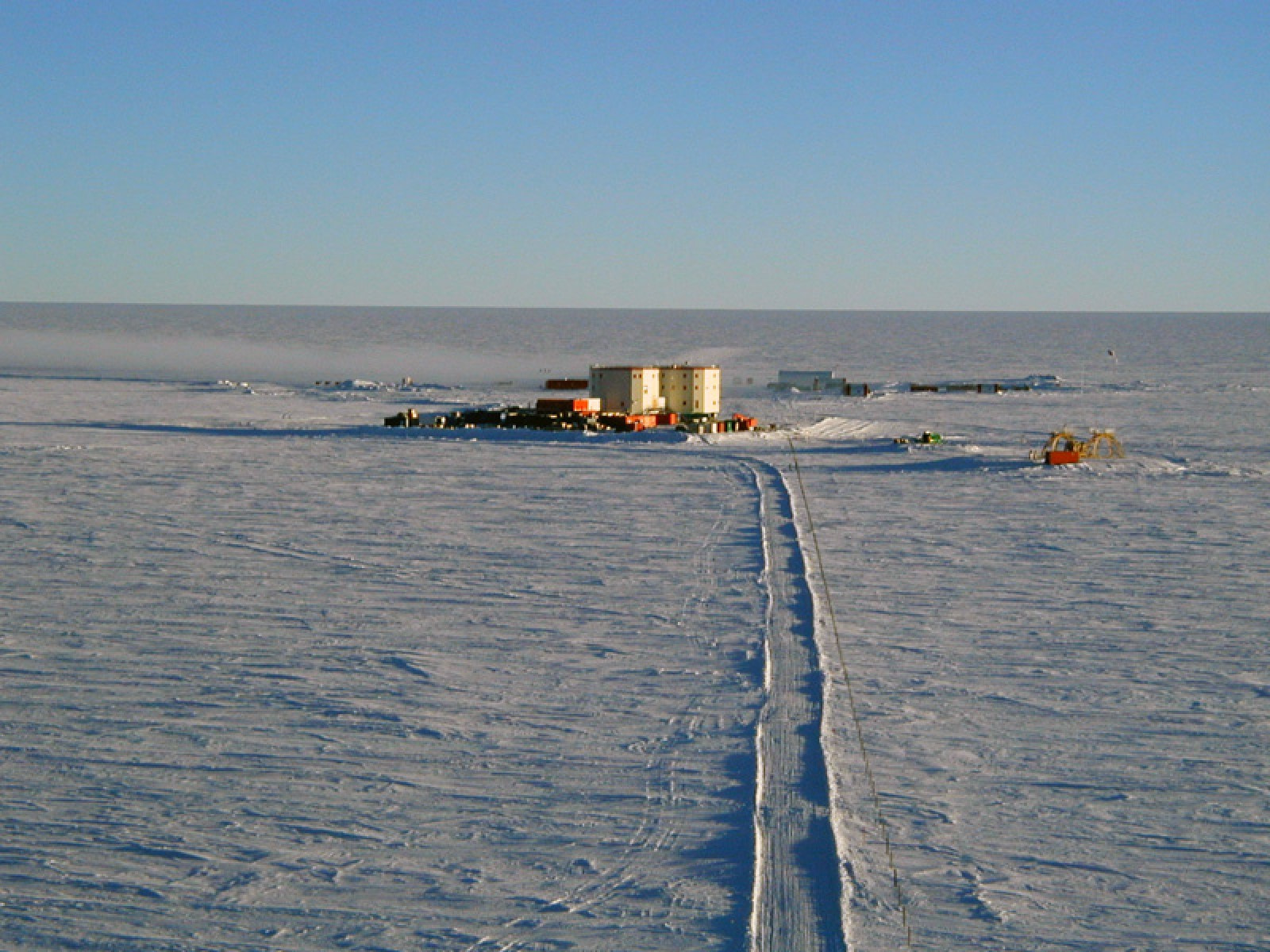

 23 Days / 22 Nights
23 Days / 22 Nights
